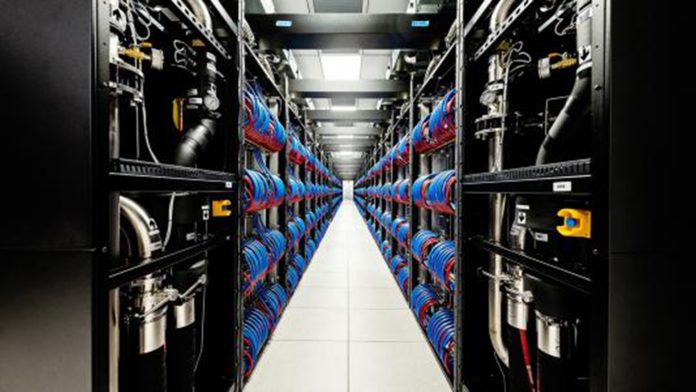The Argonne National Laboratory’s Aurora supercomputer has officially passed the exascale computing barrier.
Developed by Intel and Hewlett Packard Enterprise (HPE), Aurora’s exascale achievement marks a significant milestone for the supercomputer’s development.
In the latest submission to the semi-annual list of the world’s most powerful supercomputers, announced at the ISC High Performance 2024 conference in Hamburg, Germany, Aurora was shown to perform over a quintillion calculations per second.
Surpassing the exascale threshold highlights Aurora’s enormous potential to boost an array of scientific research fields.
Susan Coghlan, Argonne Leadership Computing Facility (ALCF) project director for Aurora, explained: “Hitting exascale is a huge milestone, but enabling groundbreaking science is the ultimate goal.
“The new performance numbers, along with some promising runs from our early science teams, give us a glimpse of what will be possible with Aurora.”
A new frontier in exascale computing
The Aurora supercomputer is comprised of first-of-its-kind architecture, including 63,744 graphics processing units (GPUs), making it the largest GPU-powered system on the planet.
The supercomputer also boasts more endpoints in its interconnect technology than any other system worldwide.
This industry-leading technology has enabled Aurora to register 1.012 exaflops using 87% of the system’s 10,624 nodes.
This impressive result positions the supercomputer alongside the DOE’s Oak Ridge National Laboratory’s Frontier as the world’s second exascale system.
Moreover, Aurora also achieved the top spot in Artificial Intelligence (AI) performance measurements, hitting 10.6 exaflops on the HPL-MxP benchmark.
Michael Papka, director of ALCF, added: “We’re thrilled to see Aurora join the exascale club.
“I’m extremely proud of the Aurora team’s ongoing efforts to get the system up and running for the research community. We can’t wait to see what the full system will be capable of.”
How will Aurora boost research capabilities?
Aurora will empower scientists with advanced simulation, AI, and data analysis capabilities.
It serves as a catalyst for transformative breakthroughs in science, engineering, and technology, enhancing innovation infrastructure globally.
Aurora’s speed and AI prowess will revolutionise research across various domains, addressing pressing challenges like climate science, energy storage, and fusion energy.
Rick Stevens, Argonne’s associate lab director for Computing, Environment and Life Sciences, commented: “Aurora excels at tackling both traditional scientific computing problems and AI-powered research.
“As AI continues to reshape the scientific landscape, Aurora gives us a platform to develop new tools and approaches that will significantly accelerate the pace of research.”
Initial Aurora-enabled projects will focus on cosmology, fusion energy, drug discovery, and developing clean energy materials.









